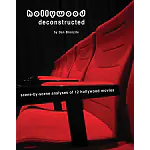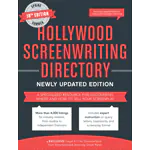Tag: story
What is the Time Frame of Your Screenplay?
When you first get the idea for a story it will probably focus around an interesting character, event, act three plot twist, high concept or thrilling action sequence, but…
Don’t Have Too Many Characters
When you’re planning your screenplay make sure you only include the characters you need in order to tell your story. It may sound like an obvious statement but many…
Character Arcs are the Foundation of an Engaging Story
So what is a character arc, you ask? Sounds complicated. Well, it doesn’t have to be, although a complicated character arc may be just what your screenplay needs. A…
Vary your Movie Script Locations
In your everyday life, do you sit in one spot and talk to everybody you meet in that same place? Okay, maybe you do but unless that’s the point…



